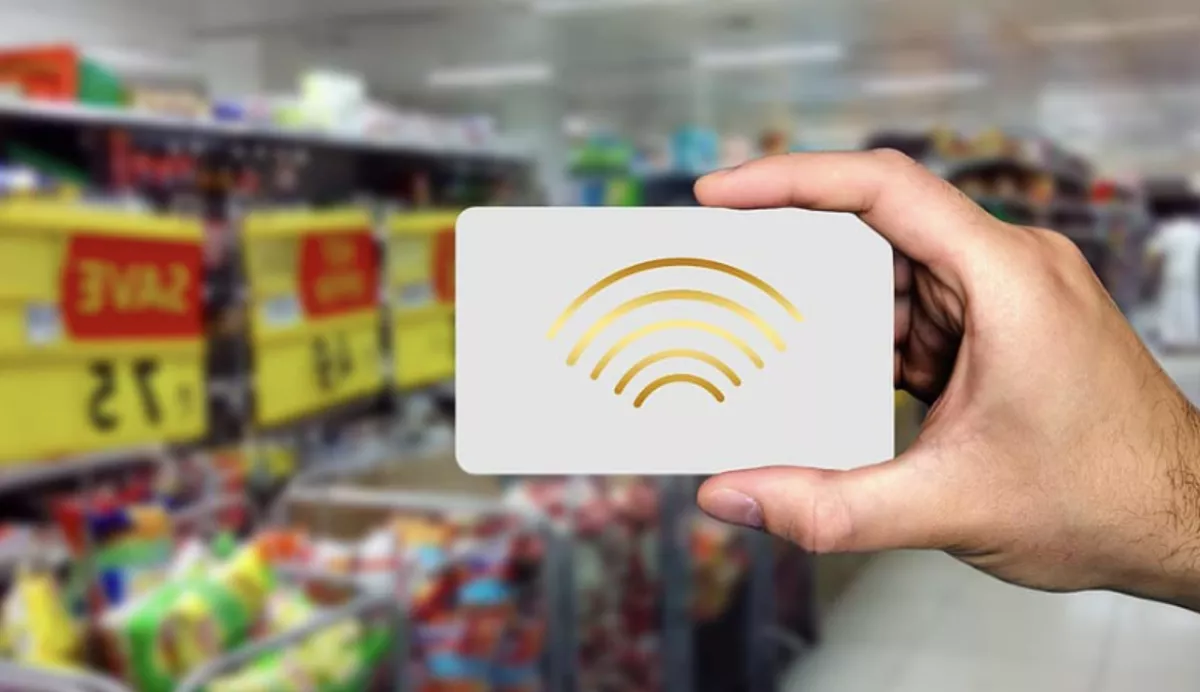
An inside look: The State of Australian Payments 2022
Over the last three decades, the manner in which individuals spend and send money has been changing as a direct result of the emergence of new technologies. If we were to go back in time as little as forty years ago, it would come as a big surprise to a large proportion of people to learn just how few individuals regularly carry cash with them today. Technology, and the internet in particular, has impacted every industry in existence, and so it is no surprise that it is shaping the future of how people interact with money.
This article has been put together to provide an overview of the state of Australian payments in 2022. In order to do this, we will take a look at a number of aspects influencing how people are choosing how to pay in Australia today, as well as what we can expect to happen in the near future. These topics will include taking a look at the rise of digital wallets, the Buy Now Pay Later (BNPL) industry, how Australia is moving towards a cashless society, and how inflation is influencing the way in which Australians are spending money, both at home and in relation to overseas payments. So, without further ado, let's get started…

The rise of digital wallets
Firstly, a digital wallet, also known as an e-wallet, is an electronic device, online service, or software program that allows one party to make an electronic transaction with another party, mediating digital currency units for goods and/or services. In essence, the digital wallet is an online payment tool, usually in the form of an app on a smartphone, that hosts virtual versions of bank cards, meaning that individuals don't have to carry a physical card or enter card details in order to make a payment.
A 2022 Australian payments report from FIS predicts that digital wallets are set to become the main way Australians pay for goods from as soon as 2025. As the current fastest-growing offline payment method continues to become an integral part of Australian's daily lives, the Land Down Under will become the most cashless APAC region by 2025, with the Australian eCommerce market set to grow by as much as 51% between 2021 and then. This will result in it reaching a transaction value of 70.7 billion in US dollars. In contrast, this will see credit cards, which are currently the most prominent purchase method, decreasing in popularity from 33% to 26%.
Buy now pay later
When it comes to online payments, Buy Now Pay Later (BNPL) is the fastest growing payment method in Australia. By 2025, it is predicted to represent 14% of the eCommerce transaction value. According to a Global Payments Report, the BNPL industry was worth an estimated 14.3 billion US Dollars at the end of the 2021 financial year.
BNPL does exactly what it sounds like, providing users with the ability to obtain both goods and service without paying for them at the moment of purchase. Instead the payment takes place over time in the form of instalments. Due to the fact that BNPL services do not charge interest on the repayments, they make use of a legal loophole and avoid falling under the regulation of the National Credit Act.
While Australians have clearly embraced this payment method, it does not come without its risks. A total of 30% of Australians are said to have used the BNPL payment method over the past year. Of these, half have been late on a repayment, with 78% of those suffering some form of financial difficulty as a result. There are numerous suggestions that Australia should follow the United Kingdom's approach and hold an independent review of the BNPL industry to identify potential issues, and then implement the appropriate safeguards to ensure that these services are safe for the Australian public.
Australia moving towards a sashless society
It wasn't so long ago that the idea of a cashless society sounded like something out of a science film film. However, as time passes, it is becoming abundantly clear that cash is being used less and less as one's primary payment method. This, of course, was initially due to the popularity of card payments, a trend which has been further added to by the rise of digital wallets and BNPL services. In fact, it is predicted that in Australia, cash will only make up 2% of value from all point-of sale-transactions by 2025. To confirm, this does not mean 2% of all transactions, but is in reference to the fact that the actual value of the specific cash purchases will dwarf in comparison to those made using other methods by a staggering 98%.
The digital age has directly influenced how people are living and organising their lives on a daily basis. This has already been reflected in the decline of individuals who actually visit brick-and-mortar bank establishments, which in turn has signalled the closure of banks across the world. It is now not uncommon for Australians to leave their home without even bringing their wallet. The importance of the smartphone is widely known, and with this latest trend, they are set to become an even more integral part of our lives.
How inflation will influence Australian spending
Inflation is measured and based on what is called the Consumer Price Index (CPI). The CPI keeps track of the price of a predetermined set of goods, services and energy costs in order to track any and all price fluctuations. This is why we first hear about an increase in the price of items such as milk and bread, as well as petrol. The cost of constructing a home is another that is constantly being tracked.
While inflation, especially at the rate we are experiencing in 2022, is impossible to completely avoid or dodge, you can see how it can potentially affect individuals to different extents depending on their lifestyles. Inflation will be felt more directly by a car owner who regularly drives as they will be paying for petrol on a weekly basis. If we compare this to someone who walks, cycles or uses public transport, this won't be felt in the same way. Similarly, those who have a home loan or a mortgage in Australia are going to feel the effect of rising interest rates compared to those who don't.
There are a number of ways to combat the impact of inflation on everyday Australians. By raising interest rates, it is possible to keep inflation levels at a low and stable level. The RBA will do this in order to restrict the cost of living from rising dramatically before crashing, which would likely cause another recession. Moreover, this tactic will allow more people to continue paying back their mortgages, lowering housing prices in the process. All of this will of course leave people with less money to spend on things. It will also see the exchange rate for the Aussie dollar increase, which will in turn see many Australians looking to buy things for cheaper overseas.
There are a number of ways Australians will do this, including by looking for the best overseas money transfer service on comparison and review sites, such as moneytransfercomparison.com, in order to gain access to wholesale exchange rates. By using sites such as the one linked above, users are able to rest assured that they are using a safe and reliable money transfer service for their overseas payments.
The reviews of the money transfer services take a large number of aspects into account, allowing individuals to find the ideal site for them. They outline and provide information on customer satisfaction, the quality of customer service, exchange rates and much more. By taking advantage of the best money transfer services in Australia, it is simple to send money overseas for regular payments, as well as transfer money from an Australian bank account to a bank account abroad for a great exchange rate with no hidden fees.
The bottom line
Based on the aforementioned information, it is clear that the state of Australian payments in 2022 is one of transformation. New payment methods are now overtaking the use of cash, and technology is the prime reason for this. These new methods perfectly suit the lifestyle of modern Australians in terms of wanting to be able to do things when and where they want. More and more individuals are moving away from cash, and an increasing number of businesses are going to follow suit as time progresses. As fewer businesses accept cash, it will soon be a matter of necessity, in terms of moving away from cash, rather than choice.
Overall, the future of payments in Australia is something that should be embraced rather than seen as a matter of concern. While every individual should keep their wits about them as the world transforms into a cashless society, it appears to be something of an inevitability and not something in which we can fully control or restrict. For this reason, the willingness of Australians to use newer payment methods is a sign that the adaptation will be smoother than perhaps many would have initially thought.

